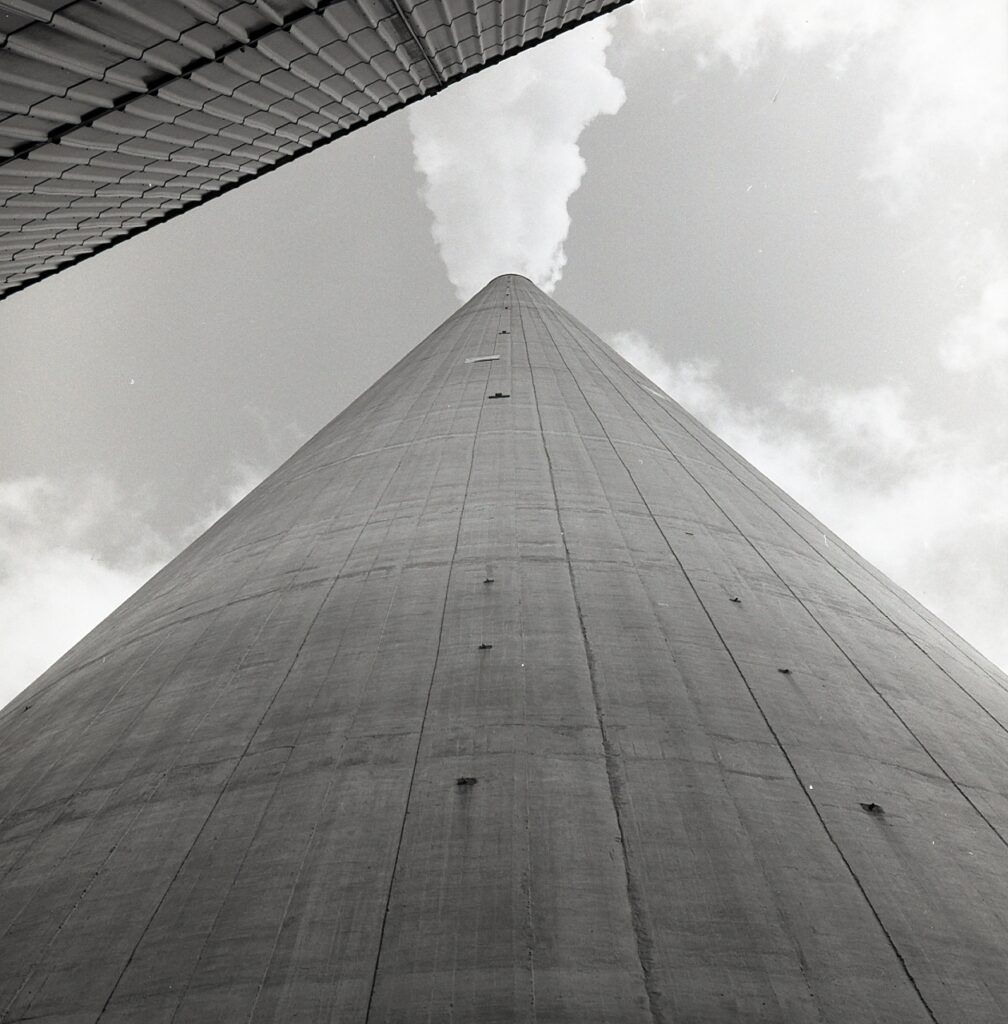Recent testing at four houses in Elliot Lake reveal elevated levels of gamma radiation and concentrations of radon gas far exceeding safety guidelines. There could be up to 60 homes in the community currently on top of mine waste, documents allege.
A cluster of homes in Elliot Lake sits atop a deadly secret. Radioactive tailings from long-closed mines in northern Ontario –– which produced uranium for atomic bombs –– were allegedly used as infill when the subdivision was established decades ago, emitting gamma rays and poisonous gasses into and around people’s homes.
The dangers have long since been forgotten and the mine has been shut down. Recent testing at four houses in the area, however, reveals that there are still elevated levels of gamma radiation and concentrations of radon gas far exceeding safety guidelines, according to thousands of documents shared exclusively with the Investigative Journalism Bureau (IJB) and the Toronto Star.























